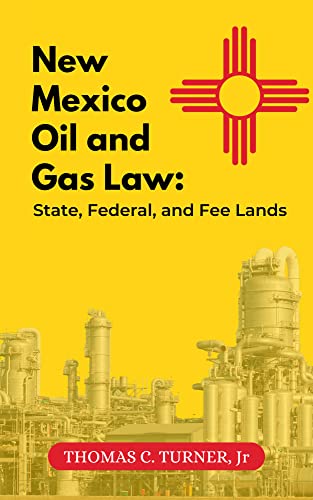Rembrance here. My law partner for 45 years.
Articles Posted in Uncategorized
Hamilton v. ConocoPhillips – The first appellate opinion on Production Sharing Agreements
In Hamilton v. ConocoPhillips, the Corpus Christi Court of Appeals construed a Production Sharing Agreement – to my knowledge the first appellate court to do so.
A Production Sharing Agreement is an agreement between mineral owners and an operator to allow the operator to drill a horizontal well whose lateral will be located partly on the leased premises and partly on other lands. Generally, such agreements provide that the allocation will be based on the number of productive lateral feet of the well on each tract crossed by the well. If a well crosses Tract A and Tract B, and 60% of the productive lateral is on Tract A, then the parties agree that the royalty owners in Tract A will be paid royalty on 60% of the production from the well. Such an agreement is a form of combining multiple tracts to produce from a single well–essentially a form of pooling with a different method of allocation.
In Hamilton, Lloyd Hamilton owned a mineral interest in the original Hamilton Ranch in DeWitt County, covering some 5,000 acres, which the Hamilton family leased to Burlington Resources Oil & Gas (now a subsidiary of ConocoPhillips). After the lease was signed the family partitioned the land and Lloyd received a separate surface tract, subject to the lease. The family then signed a Production Sharing Agreement allowing Burlington to drill wells located partly on the Ranch.
There is still time to sign up for GDHM Landowner Seminar April 26
Click here to see the agenda and speakers and to register.
GDHM Land & Mineral Owner Seminar
GDHM Land & Mineral Owner Seminar next April
Dr. Scott Tinker on the Future of Energy
Below is an article from Dr. Tinker, written in advance of his upcoming lecture at the International Energy Summit on June 1, used with permission.
When it comes to managing Energy, optionality is vital
Dr. Scott Tinker, Director, Bureau of Economic Geology, The University of Texas at Austin, talks about the challenges we face in addressing the multiple and varied needs of energy markets throughout the world and how we need to better understand all the vectors involved if we are going to succeed. He will be delivering the “Boulos Lecture Series” at the forthcoming International Energy Summit (IES) hosted by the AIEN in Miami from May 30 to June 1.
A Great Resource for New Mexico Oil and Gas Law
Thomas C. Turner, Jr. has written a great brief summary of oil and gas law in New Mexico. A great resource for anyone who owns minerals in New Mexico. You can buy it on Amazon.
RBN Energy Blog Square One Series: Excellent Tutorial on Exploration and Production
I ran across this blog recently, which is producing a series of blog posts on modern techniques of exploration and production, from leasing through well production and plugging. Excellent tutorial for the lay person.
https://rbnenergy.com/blog-series/square-one
Ownership of Pore Space – North Dakota Supreme Court Opinion Protects Surface Owners’ Rights
Last week the Supreme Court of North Dakota handed down its opinion in Northwest Landowners Association v. State of North Dakota, 2022 ND 150. The court struck down portions of a statute passed by the North Dakota Legislature, Senate Bill 2344, dealing with ownership rights to “pore space.” North Dakota law defines “pore space” as “a cavity or void, whether natural or artificially created, in a subsurface sedimentary stratum.” The purpose of the statute was to facilitate operators’ use of pore space for saltwater disposal and CO2 injection in tertiary recovery operations, and to deny landowners the right to compensation for such uses. But the language of the statute is much broader:
Notwithstanding any other provision of law, a person conducting unit operations for enhanced oil recovery, utilization of carbon dioxide for enhanced recovery of oil, gas, and other minerals, disposal operations, or any other operation authorized by the commission under this chapter may utilize subsurface geologic formations in the state for such operations or any other permissible purpose under this chapter. Any other provision of law may not be construed to entitle the owner of a subsurface geologic formation to prohibit or demand payment for the use of the subsurface geologic formation for unit operations for enhanced oil recovery, utilization of carbon dioxide for enhanced recovery of oil, gas, and other minerals, disposal operations, or any other operation conducted under this chapter. As used in this section, “subsurface geologic formation” means any cavity or void, whether natural or artificially created, in a subsurface sedimentary stratum.
North Dakota (unlike Texas) has a statute, the Damage Compensation Act, requiring that requiring a mineral developer to compensate the surface owner for “lost land value, lost use of and access to the surface owner’s land, and lost value of improvements caused by drilling operations.” N.D.C.C. sec. 38-11.1-04. Senate Bill 2344 amended the Damage Compensation Act to exclude “pore space” from its definition of “land.”
 Oil and Gas Lawyer Blog
Oil and Gas Lawyer Blog





